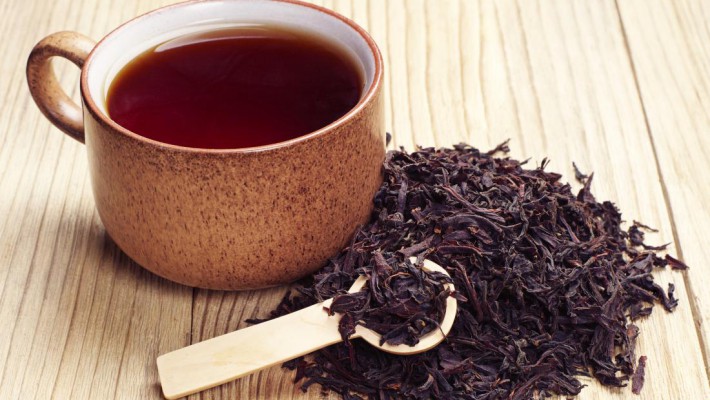Tea Culture
Origins and Evolvements of Tea Culture
Black Tea Culture in China: History, Rituals, and Social Applications
Black tea, as an integral part of Chinese tea culture, possesses a long history and unique characteristics. In China, red tea is not only a beverage but also a medium for expressing emotions and friendship. This article explores the historical origins of red tea culture in China, the embodiment of rituals, and its applications in social settings.
Red tea has a profound history in China. According to historical records, red tea originated in Fujian Province. During the Ming Dynasty, red tea from Fujian began to be exported to Europe, opening the door for Chinese tea to the world. Over time, red tea gradually assumed an important role in Chinese tea culture. Red teas from different regions, characterized by variations in origin and production techniques, exhibit distinctive flavors and tastes. Examples include Zheng Shan Xiao Zhong (Lapsang Souchong) and Qi Men Hong Cha (Keemun Black Tea), which are highly sought after and cherished by tea enthusiasts.
Red tea culture in China places great emphasis on rituals. Chinese people view the brewing of red tea as an elegant and solemn activity, often accompanied by exquisite tea utensils and unique brewing methods. Traditional brewing techniques for red tea emphasize precise control of time, temperature, and proportions to ensure the best flavor and aroma. The process of brewing red tea resembles a carefully choreographed artistic performance, paying attention to details and ritualistic ambiance. Tea artisans skillfully showcase the unique charm of red tea, transforming tea sessions into refined cultural experiences.
In addition to rituals, red tea culture plays a significant role in social gatherings in China. Tea is regarded as a precious gift, and red tea is often exchanged as a token of friendship and gratitude. Within families and among friends, brewing a pot of red tea becomes an important means of gathering and communication. People come together, savor the mellow aroma of red tea, engage in heartfelt conversations, and deepen their emotional connections. In business settings, red tea is also widely used in meetings and business receptions to create a relaxed and pleasant atmosphere, promoting communication and negotiations.
The inheritance and development of red tea culture in China have garnered attention in modern society. Events such as tea culture festivals, tea art performances, and tea exhibitions are continuously organized, facilitating the dissemination and exchange of red tea culture. Moreover, red tea enjoys popularity in both domestic and international tea markets, serving as an important component of the tea trade. The recognition and influence of Chinese red tea are gradually expanding, making positive contributions to the global dissemination of Chinese tea culture.
In conclusion, red tea culture in China possesses a deep historical heritage, highlighting rituals and social applications. Through its unique flavor and aroma, as well as its utilization in tea art performances and social occasions, red tea conveys people's love for life and their pursuit of excellence. Whether appreciating the process of tasting red tea or utilizing it as a gift and social medium, the charm and value of Chinese red tea culture are showcased. Let us together savor the beauty of red tea and appreciate the vastness and depth of red tea culture.

